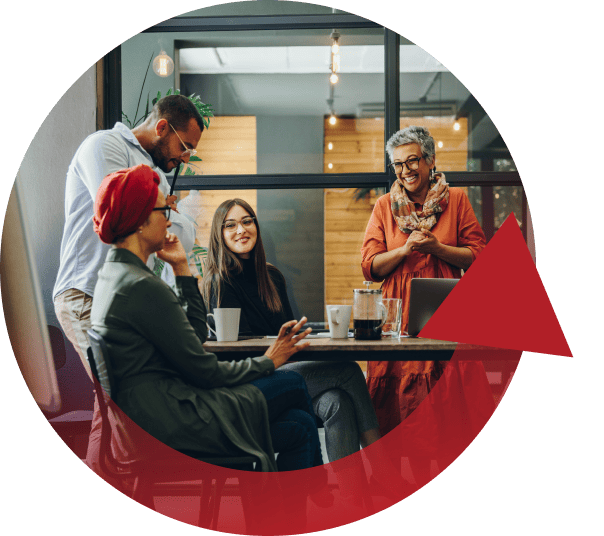Holiday Closure Alert:
In observance of Martin Luther King Jr. Day, SIOP will be closed from Monday, January 19th. We will resume normal business hours on Tuesday, January 20th. Please email us at siop@siop.org, and we will respond to your inquiries in the order they are received. Thank you!
TIP Issues Archive
Read issues of The Industrial-Organizational Psychologist from the past four years.
Join Us
SIOP has multiple memberships to support the varied careers in the I-O psychology field. Learn about the benefits of becoming a Professional, Student, or Affiliate of SIOP.


